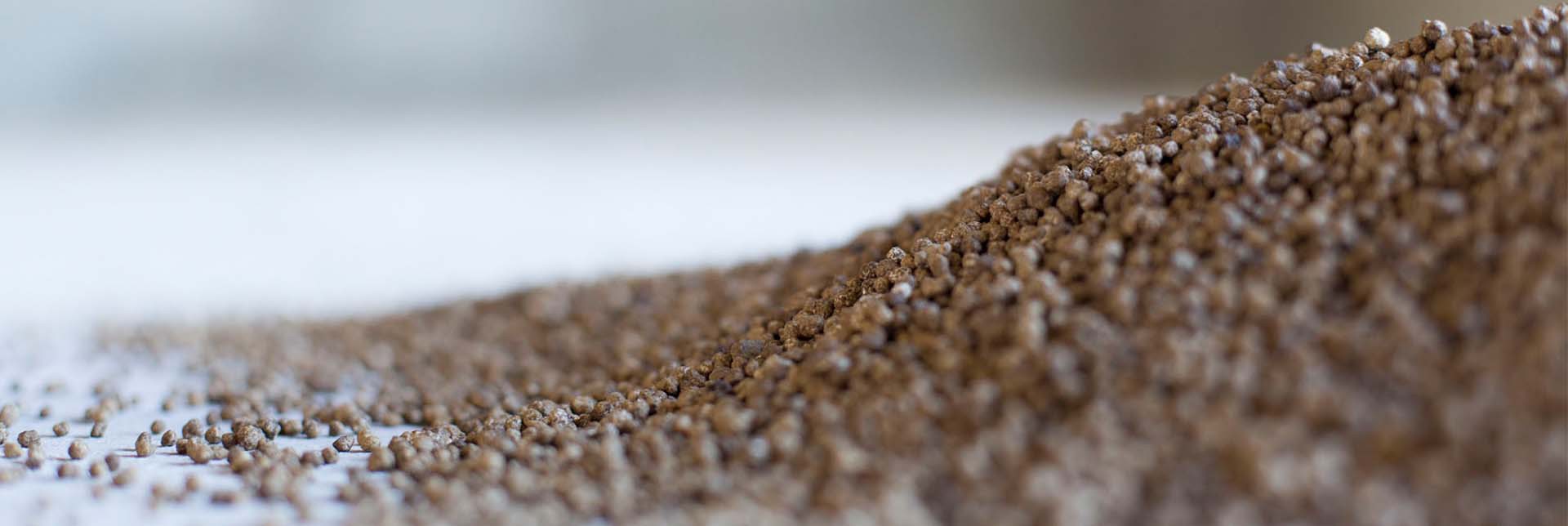
Ag Industry Impacts
High global demand coupled with supply chain disruptions have caused uncertainty and instability in many industries, and have deeply impacted businesses, governments and individuals across the world. The agriculture industry has been impacted in many ways, one of which is the recent increase in input costs, including fertilizer prices, and it is understandably causing frustration among agricultural retailers and farmers.
At The Mosaic Company, our mission is to help the world grow the food it needs. We do everything we can to offer stable prices and a reliable supply of critical fertilizer to U.S. farmers. In fact, we supply approximately 50% of the phosphate fertilizer applied in the United States. We recognize that fertilizer costs have increased dramatically over the past several months, and feel a responsibility to share our global perspective on this complex issue.
Fertilizers are globally traded commodities, just like corn, soybean and wheat, and as a result, their prices are influenced by many factors related to global supply and demand. Fertilizer prices are not determined by individual companies. Several factors have contributed to the rise in prices:
- Fertilizer demand follows commodity prices
Demand for fertilizer has increased as farmers try to capture additional revenue from high crop prices, leading to an increase in both planted acres and fertilizer use. The trade outlook for U.S. commodity exports remains strong for 2022, as it has been in 2021, and with higher grain prices driving higher fertilizer demand, higher fertilizer costs historically follow. - The cost of fertilizer production has increased
Because of raw-material price increases, it costs more to produce phosphate fertilizer today than in the past. For example, the cost of ammonia has increased 288% year-over-year, and sulfur is up 165%. Further, the entire supply chain has been deeply impacted by the drastic increase in import and ground transportation costs. - Trade and Supply disruptions continue to reshape the market
Other countries have announced restrictions of fertilizer exports to ensure their own domestic supply. For example, China, which accounts for over 25% of global phosphate exports, recently banned all phosphate fertilizer exports through June 2022, drastically decreasing global supply and adding pressure to global prices, including those in the U.S.
In addition, weather events and natural disasters have resulted in plant shutdowns adding to the cost. In August, Hurricane Ida devastated the Gulf Coast, damaging the electrical grid, which led to a delay in nitrogen and phosphate production. This, unfortunately, resulted in weeks of lost production.
In June 2021, the U.S. International Trade Commission issued a countervailing duty on Moroccan and Russian phosphate fertilizer imports due to unfair foreign subsidies. Irrespective of this, phosphate imports have been coming into the U.S. at record levels, and from a more diversified supply base. In fact, U.S. phosphate imports increased by 1.3 million metric tons in 2021, which is 57% higher than during the same January-to-November period in 2020. This has resulted in a more balanced and fair-trade market, which creates a more competitive environment with trusted and reliable suppliers for American farmers and American agriculture in the long term.
In any given year, 90% of global fertilizer consumption occurs outside the U.S., as other countries around the world continue to increase grain production to meet increased demand. Phosphate prices in the U.S. are currently $20 to $100 per ton less than in other major agricultural markets such as Brazil, India, and Europe. Assertions that the countervailing duties are driving U.S. prices higher are simply untrue.
Mosaic is committed to U.S. farmers, and, as a result of global events this year, we have adjusted our typical trade volumes and purposefully diverted fertilizer tons away from the international market to boost availability domestically.
We understand the pressures ag retailers and farmers are facing during this tumultuous time and the frustration that comes with it. We value our long-standing relationships with retail partners and their farmer customers, and will continue to offer them transparency and support as they navigate tough decisions ahead.
